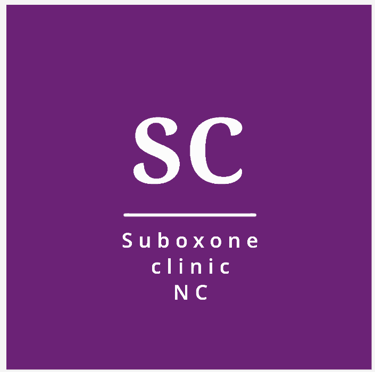Getting Methadone Addiction Treatment
Admitting that you have an opioid use disorder and seeking treatment for it is the first step toward recovery.
Admitting that you have an opioid use disorder and seeking treatment for it is the first step toward recovery. Participating in 12-step groups and group and individual treatment can be beneficial. Medication for Addiction Treatment (MAT) is, however, the cornerstone of OUD treatment. When compared to psychosocial treatment alone, MAT dramatically reduces OUD mortality. For the treatment of OUD, three types of medications are used:
Methadone
Buprenorphine
Naltrexone
Methadone prevents opioid-related deaths and helps people reclaim their lives when it is provided according to OTPs' standardized protocols, which generally include daily supervised doses at regulated clinics. As a result, if methadone is administered in a controlled, tightly monitored manner, it can help people recover from their own substance abuse problems.
Suboxone, a buprenorphine-containing medicine, is another excellent alternative that is safer than methadone in terms of overdose risk. Buprenorphine is more widely available since more doctors can prescribe it, and patients don't have to go to a clinic every day for monitored dose.
Buprenorphine may require several days of methadone abstinence before it is safe to begin, which might make initiation difficult.
Naltrexone or Vivitrol, an opioid blocker with virtually little danger of overdose, is a third choice. However, because it blocks opioid receptors, it is more difficult to start than buprenorphine.
If an individual has opioids in their system, naltrexone can cause a painful withdrawal crisis. If someone has methadone use disorder, they must be opioid-free for 7 to 10 days before starting naltrexone, which is a lengthy time if cravings are severe.
